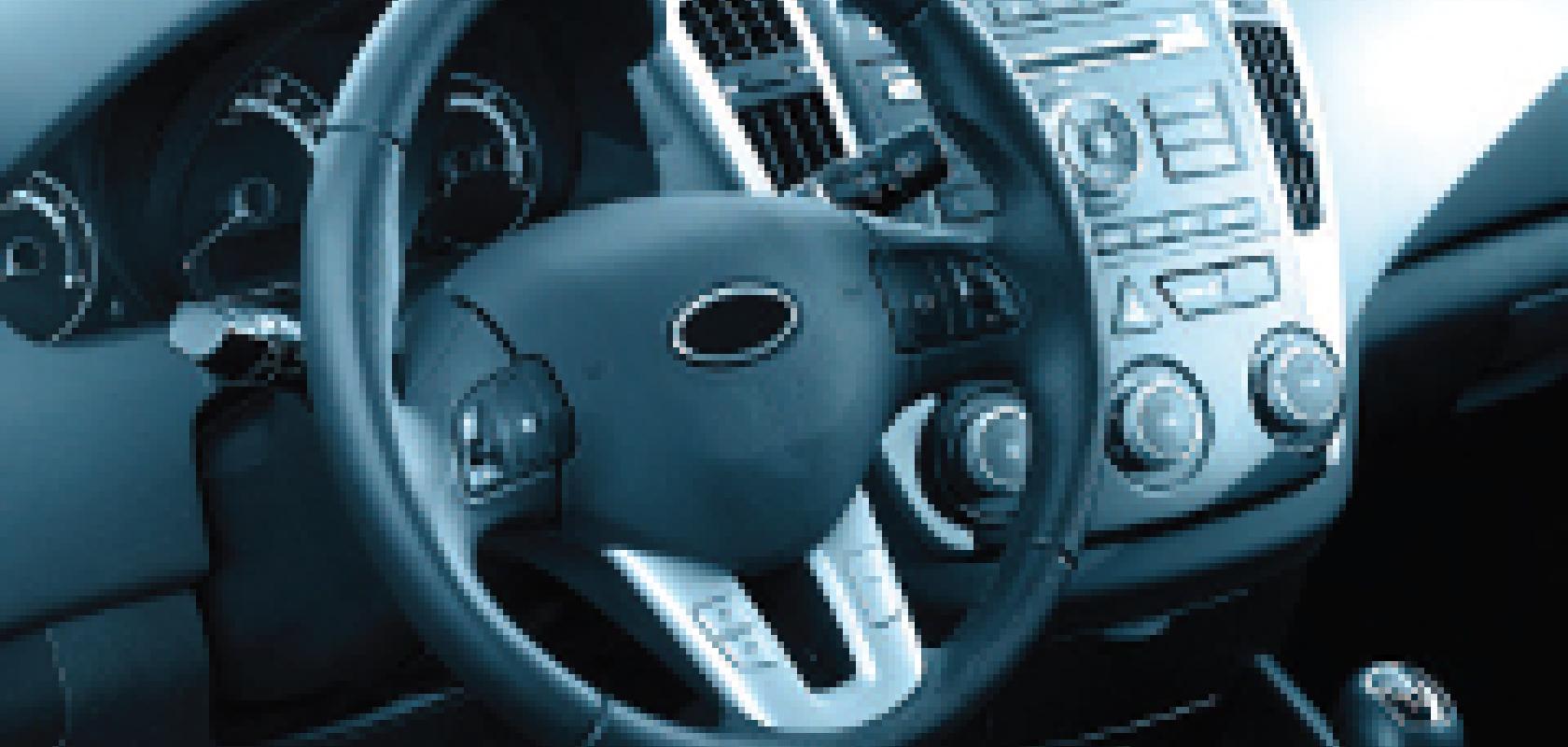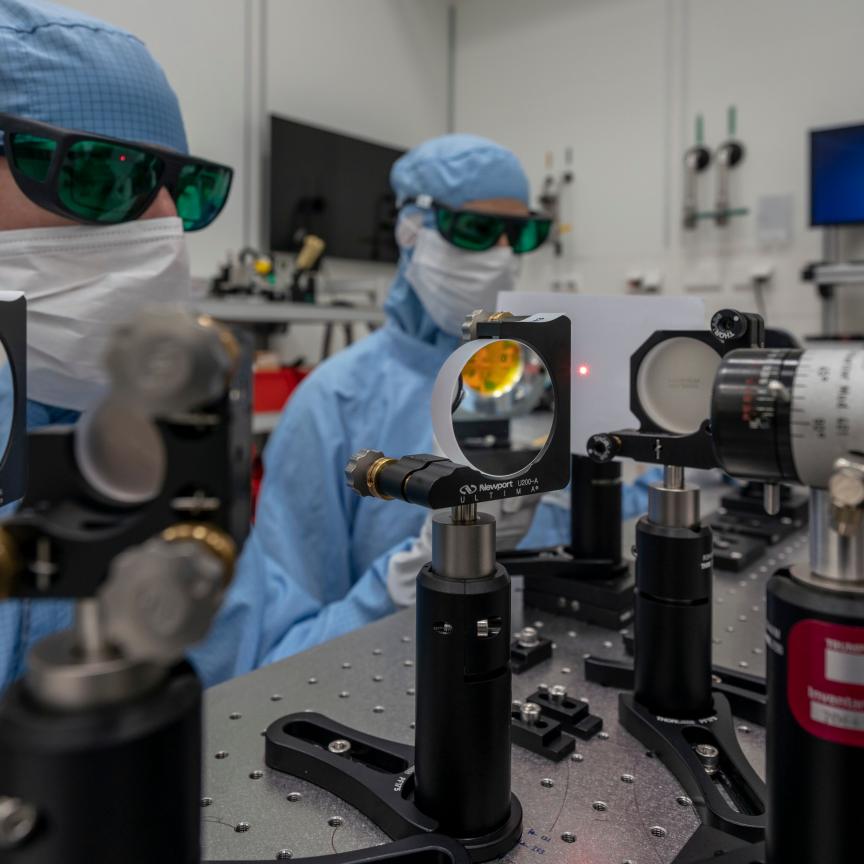Carbon dioxide lasers represent a mature technology, and the expansion of competing technologies into their traditional market is much reported, but this staple of the job shop is finding that industry’s more exotic composite materials are opening up new markets.
Andrew Held is the director of marketing for Coherent’s CO2 business unit. He told Electro Optics: ‘What we’re doing here is tailoring our lasers to new applications and materials. That’s where CO2 – an older technology – is finding new applications. The newer materials are ideally suited to 10 microns.’
Held describes an emerging market where fibre lasers, which have seen a lot of growth, are not viewed as ideal because users find no material interaction at one or two microns. ‘So when you skip to 10 microns we have this interesting wavelength that reacts well with lots of material, especially glass, ceramic and new film-like materials,’ explains Held.
Coherent’s approach is not to just tweak existing lasers to tackle the new materials that are driving the new applications, but to modify the lasers in significant ways.
One example is power control. As CO2 lasers are big in volume, with heavy electrodes using lots of different materials that expand and contract with the heat generated, their power stability is poor – about five per cent. Held explains that reducing that poor power stability was a goal. ‘It has to do with this massive chunk of aluminium that is expanding and contracting – and that has been acceptable in the past when cutting materials, leather for example, but that power stability is not acceptable in more modern materials so we have stabilise the laser with a special electronic closed loop. We have got power stability down to 0.5 per cent.’
The power control is enabled by a faster control loop, with a millisecond timeframe that allows users to have power control – not only with continuous wave, but also when they turn the laser on and off quickly. ‘When people are cutting something, from one part to another, it is important to have that fast power control,’ says Held.
Reliability is always going to be important, and Held says it is not only about customer satisfaction any more. Reliability is a cost control exercise for Coherent. ‘Lots of lasers are going to Brazil. This is where reliability is so important. It costs a lot to bring them back for servicing.’
These significant modifications do not follow the typical engineering cycle. While a typical design process involves the marketing department giving engineers the specification, the engineers developing it, passing it to sales and getting feedback from customers, the approach now is to have dedicated application laboratories so the laser is developed with regards to customers’ needs. ‘Our application lab in Bloomfield does not process coupons for customers, but is working with the design team during the design process of the laser.’
That application-linked development focuses on several factors. ‘We look at pulse width, peak power, wavelength stability. If you talk about what is new, these applications happen so quickly that we look at the application in the design phase,’ explains Held. ‘We’re actually working with customers in the design phase and test the application when the thing is wired and held together with C clamps and such, that paces the development and design of the laser itself.’
Held’s engineers also find that specific parameters in the beam quality come to the fore when applied early to an application. ‘Tying the application to the design and development is something new for us. It would have always made sense, but in the past materials and process demands were not as high as they are today.’
Today, with films, ceramics, glass and composites, for example, Coherent finds its customers’ materials are changing very quickly. The flat panel display market is a sector where this process is moving fast. ‘They are getting bigger and slimmer and the way to do it is to combine those layers. How do you cut those?’ says Held. ‘When you look at your flat panel display you may have 30 to 40 layers of materials in there, and some are discrete, but what they want to do now is combine those.’
How those layers are formed is also changing, giving lasers new challenges. A layer in a flat panel display, which had been a film that was then discreetly attached to the glass or acrylic, is now a true combination of the two that has to be cut at the same time. ‘Now you’re cutting glass and the film, or the film on the glass, and that is really pushing the requirements of the CO2 lasers – so we developed the lasers with that in mind,’ adds Held. Sometimes customers are able to meet Coherent half-way. Instead of developing the laser to match the absorption wavelength best-suited to the composite material, the composite material is altered so it can be cut by a non-optimal beam. ‘We have an applications lab dedicated to developing lasers with the engineering teams. We look at the wavelengths of these new materials. They have discrete absorption bands at different wavelengths and it is important not to jump from wavelength to wavelength,’ says Held. ‘A lot of these materials are complex and, as you design the laser with the customer, you can go back and have them tweak their process. If you can move an absorption band one way or another, that helps.’
To overcome band drift or jump issues that could eliminate gains made with material changes, Held explains that there are certain ‘tricks’ that can be employed to lock the lasers at very specific wavelengths.
Coherent’s work with its customers is now so close that lasers it can offer its clients may not even appear in the company brochures. ‘We need to develop the lasers quickly so you may not see them on a data sheet – but they are available to our customers,’ says Held.
Jason Bethel is Synrad’s chief scientist. He told Electro Optics: ‘We mainly manufacture lower-power CO2 lasers, not the multi-kilowatt systems for welding, cutting and high-power industrial processes.’
Bethel has a similar view to Held’s, in that CO2 has a future beyond metals, with other materials that have good absorption at carbon dioxide’s wavelengths. ‘The big advantage that CO2 has is better absorption for material such as wood, which is where we sell a lot of our products. For marking certain organic products, CO2 lasers have an advantage.’
One industrial example is the automotive industry, where organic materials in car interiors can be processed with the longer CO2 wavelengths. Organic materials include, plastics, wood, paper and cardboard. CO2 lasers can operate at 9.3, 9.6 and 10.3 microns – so, where applicable, these wavelengths can be chosen to best suit the absorption characteristics of the materials.
According to Bethel, his Pulsestar 100 CO2 laser has higher peak power than similar CO2 lasers in its class. It operates as a modulated continuous wave but it can also be considered as a quasi-pulse laser. It has a peak power of about four times the average, with faster rise times of
40 microseconds, versus Synrad’s CW models that are at 75 microseconds. Bethel says: ‘Most competitive CO2 lasers on the market are either CW or have peak powers around twice the average power.’
Bethel adds that such a laser ‘gives finer cut quality and can cut quicker in some applications. The product is for improved cutting speeds without additional costs.’ Heat-affected zones also present less of a problem. Bethel adds that Synrad’s latest 400W lasers, which are CW, are 12 per cent more efficient than past 400W products. For Bethel, CO2 can compete on cost and its beam quality is ‘usually pretty good, which has a big effect on the performance of the laser when used in applications.’ One such new application is marking food materials. Bethel is confident about the future: ‘One thing I remember is that more than 20 years ago people said gas/CO2, lasers would be all replaced by solid state lasers in the next five years, but there are just so many applications that CO2 lasers can perform very well that fibre lasers cannot, and maybe never will.
‘I cannot see that five-year prediction coming true anytime soon.’


